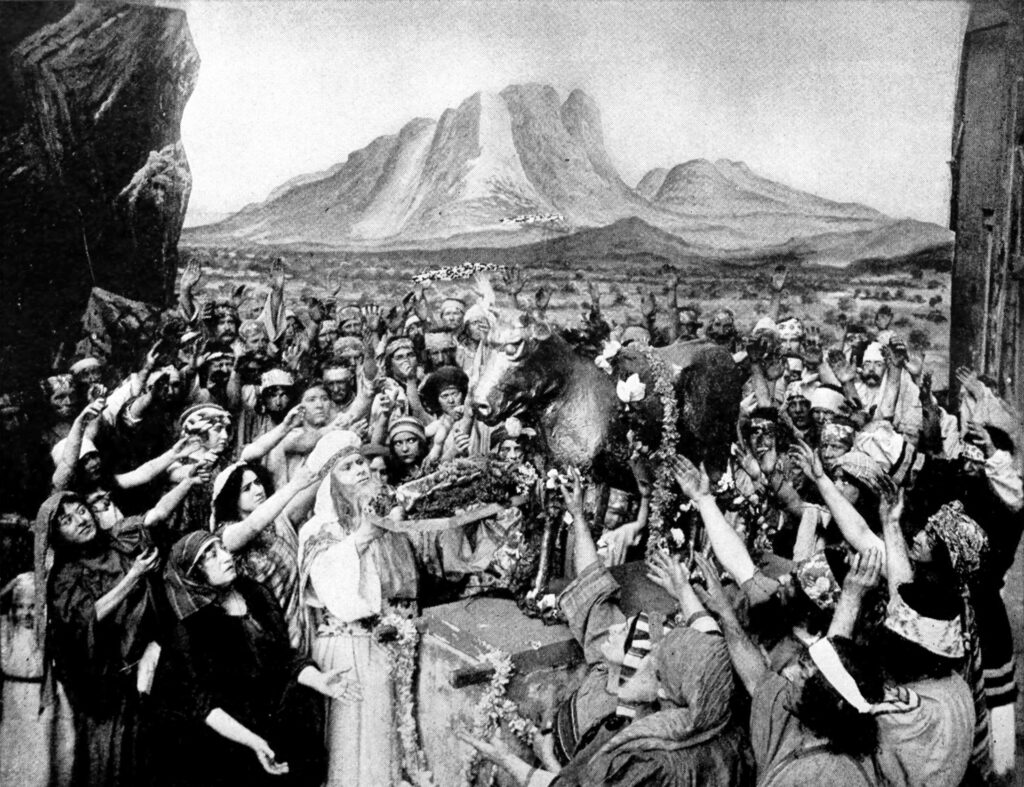
Since 1989 the Library of Congress selects 25 American films deemed culturally, historically or aesthetically significant to add to their official National Film Registry. Not meant to be merely a best-of-list, the National Film Registry signals to studios, copyright holders, archivists, and other moving image institutions specific important films that should be preserved for current and future generations.
Members of the public are invited to nominate up to fifty films a year to be considered. (You can fill out this year’s nomination form until August 15th.) In its preface to its nomination form, the Library of Congress writes:
The National Film Registry is intended to reflect American society and the rich tapestry of American cinema since its inceptions around 1890. To that end, we strongly encourage the nomination of the full-range of American film-making: not just Hollywood classics or other well-known works, but also silent era titles, documentaries, avant-garde, educational and industrial films, as well as films representing the vibrant unmatched diversity of American culture, both in terms of content and all those who created these snapshots of America society: directors, writers, actors and actresses, cinematographers, and other crafts.
My fifty nominations this year attempt to fill in some of the missing threads on the registry’s tapestry. Spanning from 1906 up to 2012, my nominations include films that showcase innovative special effects, largely forgotten silent and classic stars, unique American subgenres, and the zeitgeist of particular snapshots in American cultural history. And what would any list be without a couple of personal favorites sprinkled in for fun?
Below I’ve organized my nominations chronologically with a brief explanation of why I believe these films belong on the ever-expanding National Film Registry. Films followed by asterisks make up my top ten personal picks.
Silent Era (1890s-1928)
A copy of The Life of Moses (1909) resides at the Library of Congress.
Transitional Cinema
- And the Villian Still Pursued Her; Or The Writer’s Dream (1906)
- Humorous Phases of Funny Faces (1906)
- The Doll’s Revenge (1907)
- The Life of Moses (1909)*
The National Film Registry is a little bit sparse on pre-1910s cinema so I’ve nominated four groundbreaking films from the first decade of the 20th century. And the Villian Still Pursued Her works as an uproarously, surreal comedy sending up melodramatic conventions of the Victorian stage proving that even in the Nickelodeon era audiences weren’t beholden to mustache-twirling villains. Humorous Phases of Funny Faces stands as the earliest known animated film recorded on standard film stock while The Doll’s Revenge incorporates early stop-motion effects for a proto-feminist revenge story.
Of all my picks, The Life of Moses might be the most in need of restoration. Produced in five reels when most studios only made one and two reelers, many theaters refused to show the film all at once instead splitting it into five separate installments. Not only would its depiction of Moses be a fascinating comparison with later films like both versions of The Ten Commandments, but making this Vitagraph film accessible would immensely add to our understanding of the feature film’s development during the silent era.
The Feature Film
- Tillie’s Punctured Romance (1914)
- A Mormon Maid (1917)
- Ask Father (1919)
- Why Change Your Wife? (1920)
- Smilin’ Through (1922)*
These selections in the first years of the feature film’s dominance in American cinema seek to add important genres and stars not adequately represented on the registry. One-reel comedies rarely appear on the list so I’m suggesting my personal favorite of Harold Lloyd’s one-reelers Ask Father alongside the first feature-length comedy Tillie’s Punctured Romance starring comedic legends Charlie Chaplin, Mabel Normand, and Marie Dressler.
Another funny but unintentionally so entry is A Mormon Maid, a campy Mormon exploitation picture popular in the 1910s that captured the hysteria and distrust mainstream America had of the religion and its members spread across the Western United States.
Two of the biggest stars of the 1920s Gloria Swanson and Norma Talmadge motivate my other two picks. Why Change Your Wife? pairs Swanson with DeMille in the wildly popular genre of sex comedies that sought to both rethink and poke fun at the decade’s evolving views of gender roles and marriage. The 1922 melodrama Smilin’ Through, later remade in the 30s with Norma Shearer, Frederic March, and Leslie Howard, features Talmadge playing two roles in one of her most lauded performances.
Conrad Veidt’s sympathetic The Man Who Laughs provided the inspiration for The Joker.
Studio Landmarks
- The Covered Wagon (1923)*
- Hold Your Breath (1924)
- Sparrows (1926)
- The Winning of Barbara Worth (1926)
- The Man Who Laughs (1928)*
Even with a good selection of mid to late-1920s movies, the National Film Registry has plenty of influential films to add. The most glaring historically important omission from the era is The Covered Wagon which brought prestige to the Western genre, cementing numerous tropes that still dominate the stories of American settlers in the West. To add more female silent comedians to the list, I picked the frenetic thrill comedy Hold Your Breath starring Al Christie Studios’ successful comedian Dorothy Devore.
Three of my picks represent the sophisticated artistry of late silent-era filmmaking. Featuring Mary Pickford in her last role playing a child, Sparrows exudes an impressive American Gothic atmosphere perfectly blending children-like wonder with the macabre much like The Night of the Hunter would three decades later. The Winning of Barbara Worth, starring Ronald Colman, Vilma Banky, and a young Gary Cooper, boasts impressive miniatures and a beautiful yellow-tinted desert landscape. Last but not least, the early Universal ‘monster’ movie The Man Who Laughs stands as one of Hollywood’s crowning silent achievements released just as the push to sound dominated the industry.
Classic Era (1928-1968)
Early Sound
- Lights of New York (1928)*
- The Love Parade (1929)
- The Big House (1930)
- Tomatos Another Day (1934)
Hollywood learned the new technology of sound quickly through trial and error, leaving a heap of duds on their road to creating the first sound masterpieces. No two 1920s sound films could better capture the two extremes of the first talking pictures’ quality than Lights of New York, the truly dull and static first-ever all-talking feature helmed by the Warners Bros.’ B-unit director Brian Foy, and The Love Parade, Ernest Lubtisch’s fluid, fun musical that pushed the boundaries of what early sound could achieve.
Filmmakers found their footing in 1930 releasing plenty of classics such as The Big House written by the first two-time Oscar winner Frances Marion that nailed down many hallmarks of the later popular prison film. Not all were on board with the sound revolution, however; the experimental short Tomatos Another Day satirized the hollow dialogue in the new talkies with meaningless dialogue and purposefully histrionic acting.
Pre-Code
- The Story of Temple Drake (1933)
- Heroes for Sale (1933)
- Gabriel Over the White House (1933)*
This trio of 1933 films provides a perfect snapshot of Depression-era America. The Story of Temple Drake, adapted from William Faulkner’s novel Sanctuary and starring Miriam Hopkins, pushed the boundaries of the Production Code exploring sexual assault in a chilling gothic horror. Heroes for Sale follows a persistent veteran who remains optimistic and principled as over and over again the Depression relentlessly punishes him despite his best efforts and hard work.
Gabriel Over the White House‘s nomination lies much more on its peculiar representation of the political landscapes in 1930s America than on the film’s quality. Walter Huston transforms into America’s benevolent dictator after the spirit of Lincoln possesses him shortly after his election. The fact a major studio film celebrates a fictional president adjourning Congress to take sole control of the government perfectly captures Americans’ dour pessimism in the depths of the Depression and their brief flirtation with fascist ideologies in-between the two world wars.
America Redefined
- The Mortal Storm (1940)
- The Devil and Daniel Webster (1941)*
- Hellzapoppin’ (1941)
- Lifeboat (1944)
- Cluny Brown (1946)
In the build-up to and fighting of World War II, Hollywood produced both introspective explorations of American values and escapist entertainment. Hellzapoppin’ squarely lands in escapist entertainment, an anarchic, modern, fourth-wall-breaking comedy Hollywood never saw the likes of again. Cluny Brown, Ernest Lubitsch’s last completed film before his premature death, blends humor with a takedown of the European class system that paints America as a land of classless opportunity. The Devil and Daniel Webster adapts Stephen Benet’s famous Faustian short story in a romantic recreation of the mythic frontier and the foundations of American freedom and democracy.
The films depicting the war in Europe acted as a call to arms for Americans across all walks of life. Frank Borzage’s The Mortal Storm portrayed the persecution of European Jews and ideologically divergent individuals at the hands of the Nazis while America still swore to its neutrality in Europe. Hitchcock’s engaging, small-scale war thriller Lifeboat explores the duties of Americans to band together in the face of the enemy at home or abroad.
Post-War America
- The Gunfighter (1950)
- Them! (1954)*
- Tea and Sympathy (1956)
- Sayonara (1957)
- Elmer Gantry (1960)
- The Children’s Hour (1961)
The post-war years saw Hollywood tackle more mature subject matter in the most escapist of genres. The Gunfighter, starring Gregory Peck sporting a thick mustache, de-mystified the grandeur myths of the heroic West while Them!, one of the many big bug monster science fiction flicks of the 1950s, channeled Americans’ fear of nuclear weapons and its potential consequences.
At the same time, the Production Code’s loosening power also dramatically influenced the look and content of Hollywood films proving that many Americans could handle increased diversity onscreen. Tea and Sympathy and The Children’s Hour feature one coded and one explicit gay character showing the slight progress made in showing gay and lesbian characters onscreen by filmmakers still working with the restrictive but increasingly loosening production code.
Race and religion were two other subjects that could be more openly explored in late 50s and early 60s American films. Sayonara deals with anti-Asian racism in the military starring Marlon Brando and the first Oscar-winning Asian actress Miyoshi Umeki. Elmer Gantry, featuring Burt Lancaster in his Oscar-winning role, criticizes charismatic Christain faith healers portraying religious characters with distrust the likes Americans had not seen since the early 1930s.
Modern Era (1968-2013)
New Hollywood
- Targets (1968)*
- Buck and the Preacher (1971)
- The Man Who Would Be King (1975)
- Logan’s Run (1976)
After the collapse of the Production Code, filmmakers in the late 1960s and 1970s took advantage of the creative freedom and demand for changing audience demands throughout the country. Bogdanovich’s low-budget Targets melded old and new filmmaking styles pitting horror legend Boris Karloff up against the frightening American issue of gun violence. Sydney Poitier acted in his debut directorial effort Buck and the Preacher, the first major studio Western centered on the experience of black pioneers.
Even the old established Hollywood directors joined in on the fun such as John Huston’s sprawling, adventure flick The Man Who Would Be King based on the Rudyard Kipling short story. Released a year before Star Wars, Logan’s Run exemplifies the alternative path science fiction could have taken before the genre became dominated by big blockbuster adventure films.
The Age of the Blockbuster
- Blood Simple (1984)
- Gremlins (1984)
- Little Shop of Horrors (1986)
- Bill and Ted’s Excellent Adventure (1989)
When I think of the 1980s, I think of big blockbuster tentpoles and a plethora of high-concept genre films. Gremlins perfectly fits this bill perfectly, a horror comedy with stunning practical effects. Little Shop of Horrors, another horror comedy that scarred a numerous amount of 80s kids, blends music with a campy aesthetic that helped launch Disney legend Alan Menken’s cinematic career. I’ll throw in Bill and Ted’s Excellent Adventure too since we need more stupid comedies on the National Film Registry to preserve for future generations.
Of course, the 1980s also featured a lot of great smaller films as well. The Coen Brothers started their careers off with a bang by directing the independent neo-noir Blood Simple. Quickly becoming one of the definite American film directors, their debut feature stands as one of the most impressive American debut feature films in recent memory.
The End of History
- Avalon (1990)
- Quiz Show (1994)
- Citizen Ruth (1996)*
- Independence Day (1996)
- Being John Malkovich (1999)
- God’s Army (1999)
The optimistic and prosperous 1990s brought various films that both celebrated and critiqued the middle-class American lifestyle. Representative of the patriotic fervor and American supremacy held by the Cold War’s victors, Independence Day, one of the decade’s biggest box office hits, reveled in America’s international power in an epic battle against an alien invasion.
Other films took more personal approaches and offered nuanced portrayals of those living the American Dream. Barry Levinson’s Avalon crafts a touching portrait of a Polish immigrant family while Robert Redford’s Quiz Show explores the differences between lower and upper-class Americans using a cheating scandal of a popular 1950s TV quiz show as a backdrop.
The decade saw films take on America’s flaws in more pessimistic ways. Alexander Payne’s hilarious satire of the polarized fight between pro-choice and pro-life makes Citizen Ruth the perfect encapsulation of America’s increasing absurdist politics and polarization. Spike Jonze’s absurdist comedy Being John Malkovich echoed the middle-class anxieties of films like American Beauty, Office Space, and Fight Club in a truly mind-bending fashion.
In the age of the home video market, independent productions more easily found target audiences even for niche industries. For instance, Richard Dutcher’s God’s Army kicked off the modern Mormon Cinema movement, bringing a nuanced portrayal of Latter-day Saint missionaries’ daily life that resonated with members of the faith that rarely saw such fleshed-out Mormon characters onscreen.
21st Century
- Mean Girls (2004)
- Napoleon Dynamite (2006)
- The Assassination of Jesse James by the Coward Robert Ford (2007)
- It’s Such A Beautiful Day (2012)
Even as more 21st-century films become eligible for the National Film Registry every year, there are still only sixteen films from this millennium currently on the registry. So naturally there is a lot of ground from various genres to catch up on.
My first two nominations from the new millennium are two films wildly popular during my youth. Mean Girls, inspiring a recent Broadway play, remains the definitive Millenial high school movie. Napoleon Dynamite proved the ability of a low-budget, independent film to become a nationwide phenomenon that vaulted into numerous memes in the early days of the internet.
My two most recent two nominations cover artistically creative genre films critically acclaimed even though they didn’t become cultural landmarks. The Assassination of Jesse James shows a continuing fascination with the mythic West, recontextualizing and revising our nation’s history for a new generation. It’s Such A Beautiful Day incorporates director Don Hertzfeldt’s trademark minimalist animation style that seeks to answer complex life questions through the mundane life of a stick figure.
Predictions
I tried to keep my nominations within the realm of possibility but there certainly are some of my selections with better chances of making the National Film Registry than others. Here’s my guess for the most likely to be added to the list this year:
- Independence Day– Every year the registry adds a couple of big-name blockbuster films. In last year’s selections, Jurassic Park filled the blockbuster spot so I bet Independence Day takes that spot this year.
- The Covered Wagon– I can’t fathom how this is not on the list yet. Regarded by many contemporary critics to be one of the best films of the silent era, The Covered Wagon is too influential in the development of the Western to stay off any longer.
- Targets– Following a new Criterion release and Bogdanovich’s death, his first great film has the buzz to make this year’s list. Add it’s a prescient film tackling the ever-American problem of gun violence makes it a logical addition to the registry.
- Buck and the Preacher– A fast-paced, Western centered on Black pioneers directed by one of American cinema’s greatest stars, black or otherwise, neatly fits the criteria of being a cultural and historically significant film. What better way to honor Sydney Poitier shortly after his death than to celebrate his talent behind the camera?
- The Man Who Laughs– In the age of the superhero, the film that inspired The Joker holds a lot of weight. The fact that it is one of the most expressive silent films and an early Universal monster movie should give plenty of reason to add this film.
We’ll have to wait and see what 25 films join the registry when the Librarian of Congress announces her official selections in mid-December. Which films on my list do you think have the best chance to be added to the National Film Registry? Which films do you want added? Let me know and don’t forget to nominate your own lists at the Library of Congress’ website by August 15th!
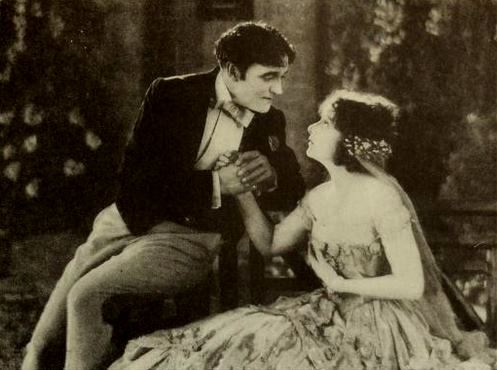



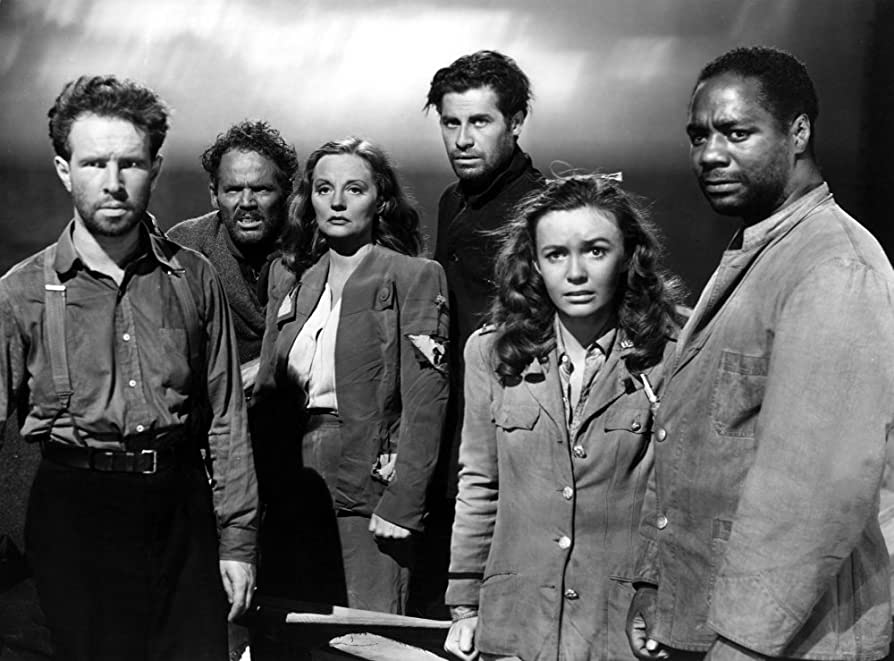


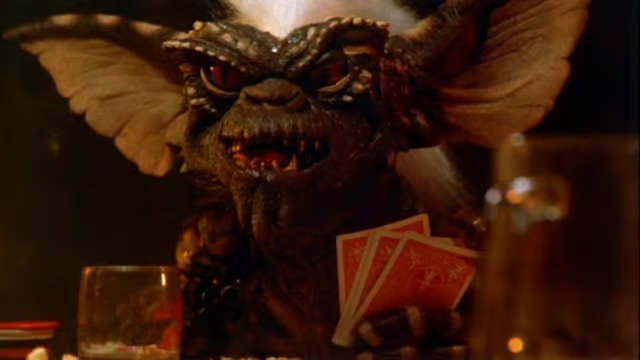

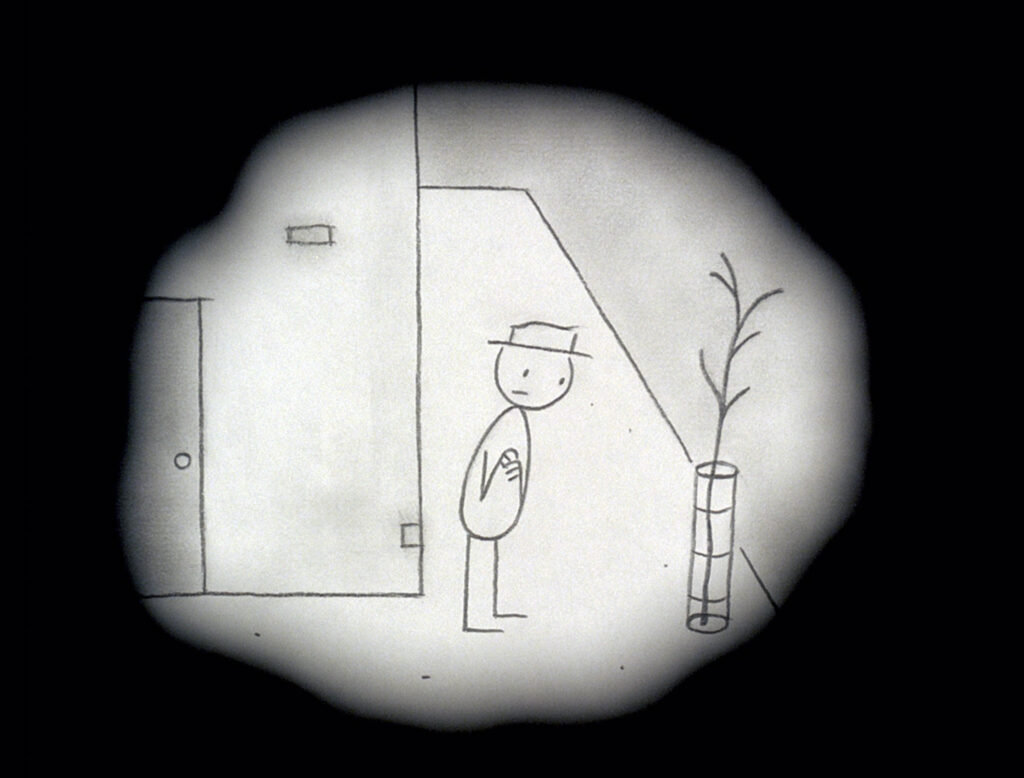
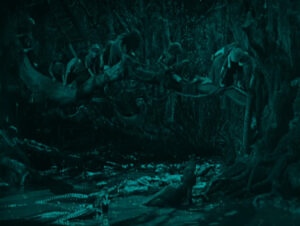
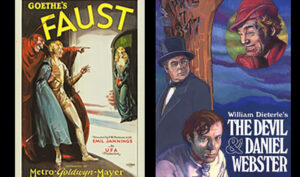
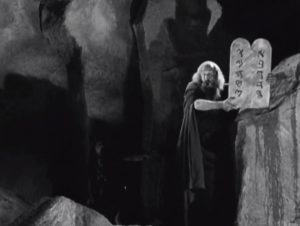
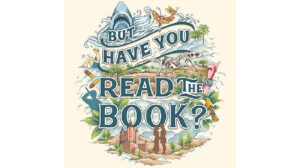
I enjoyed this post so much, Shawn — I discovered numerous films for my watchlist, and I was happy to see so many of my personal favorites among your nominees, like Buck and the Preacher, The Mortal Storm, Mean Girls (my older daughter’s favorite movie), The Gunfighter, and Blood Simple. Thank you, too, for the link to the ballot — I’m excited about submitting!
Karen
Thanks Karen! I’d love to hear what you end up submitting.
That was fun — so many great movies to consider! Some of my 50 include The Divorcee, Waterloo Bridge (1931), Design for Living, Dinner at Eight, The Little Foxes, Scarlet Street, They Live By Night, Mr. Blandings Builds His Dream House, Father of the Bride, Stalag 17, Bus Stop, The Killing, Witness for the Prosecution Odds Against Tomorrow, Miller’s Crossing, Bullets Over Broadway, The Celluloid Closet, and Best in Show.
Karen
Great list! I’m kind of surprised that stuff like Design for Living and Odds Against Tomorrow aren’t included. Both great films that reflect a lot of American culture at the time of their release. And there definitely needs to be more comedies added so love Christopher Guest is getting some more love.
Great post. I think of the modern films the big ones that stand out for getting selected this year are the following: THE KARATE KID, BIG, THE TRUMAN SHOW, AVATAR, THE SOCIAL NETWORK
Thanks! Only a couple months to go for the list. Definitely agree that The Social Network will probably be added soon.
Tillie’s Punctured Romance (1914) and The Covered Wagon (1923) and a few other exemplary silent movies are long overdue inclusion. Longtime Companion (1989), Splendor in the Grass (1961), The Truman Show (1998) come to mind as a mere trio of the too many still missing of the twentieth century. After which increasing focus most go to equally deserving twenty-first century masterpieces—such as No Country for Old Men and There Will Be Blood (both in 2007)—that by “test of time” ten-year-old requirement lag too unfairly behind.
Great picks! It will be interesting to see how they balance adding older films that fell through the cracks and the 21st century films in the coming years.